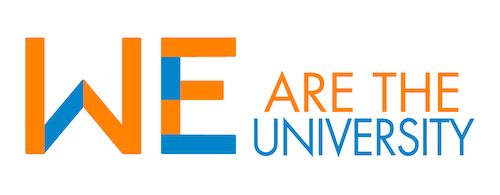The negotiations for the pay rises of 34,000 university employees continued on 1 March.
“Unfortunately, the negotiating parties did not reach an agreement on pay rises,” say Tarja Niemelä, chair of the JUKO university advisory board (Finnish Union of University Professors) and Katja Aho, JUKO’s head of collective bargaining.
JUKO, the Negotiation Organization for Public Sector Professionals, has repeatedly stressed that the goal of the employee side is pay rises which boost purchasing power. The university employees really pushed themselves during the Covid pandemic and ensured high-quality research and teaching during that critical time. Student admissions have increased during the government’s current term of office, and there are plans to further raise the number of admissions, double the amount of doctoral education and triple the number of international students.
Aho reminds us that the collective agreement was terminated on 17 February, and therefore the negotiations no longer concern the salaries only. Rather, the provisions and period of the collective agreement are also now on the table, meanng the entire collective agreement. The trade unions and the employer representative, Finnish Education Employers (FEE), will meet again on 13 March.
JUKO, the Negotiation Organization for Public Sector Professionals; the Pro Trade Union; JHL, the Trade Union for Public and Welfare Sectors have terminated the collective agreement for universities, entering into force at the end of March.
If an agreement is not reached before that, university employees will consequently be without a valid collective agreement as of 1 April. Without a valid collective agreement, the provisions of the old collective agreement are observed until a new agreement is ready. Various forms of industrial action are also possible during the time of an invalid agreement.
The members of Akava trade unions on behalf of whom JUKO negotiates work in roles such as research, teaching, administration and management.
University facts
Main contractual parties | JUKO; Pro Trade Union; JHL, the Trade Union for the Public and Welfare Sectors; and Finnish Education Employers
Collective agreements | Universities’ general collective agreement and the teacher training school collective agreement
Negotiators | Head of Collective Bargaining Katja Aho (JUKO), University Advisory Board Chair and Executive Director Tarja Niemelä (Finnish Union of University Professors), Special Adviser Hanna Tanskanen (Trade Union of Education in Finland, OAJ), Negotiations Manager Petri Toiviainen (Social Science Professionals)
The universities’ general collective agreement covers an approximate 34,000 employees. The members of Akava unions represented by JUKO work at universities in such areas as research, teaching, administration and management.
We will provide weekly information about the negotiations in our Negotiations News email and on our website at www.juko.fi. Follow us and the conversation on Facebook and Twitter: @JUKOry. Our hashtags are #MeOlemmeYliopisto and #neuvotellen2023.
It’s also worth visiting the Yliopistotes.fi website regularly. This online information bank from JUKO and its member unions has all the essential information about the universities’ collective agreement.
Further information
Katja Aho | head of collective bargaining | university sector | +358 50 592 1646 | katja.aho@juko.fi | Twitter @aho_katja @JUKOry
JUKO, the Negotiation Organization for Public Sector Professionals, negotiates collective agreements on behalf of, and thus represents, 200,000 members of Akava member unions. We bargain collectively on behalf of employees and officials of the municipalities, well-being services counties, the state, universities and the Evangelical Lutheran Church of Finland, as well as in Avainta sectors*, the National Gallery and the Finnish Institute of Occupational Health. (*Private companies and foundations operating under the aegis of municipalities, as well as private service providers for the municipalities.)
We are an association of associations: JUKO consists of 11 member associations, which have 35 member unions.



